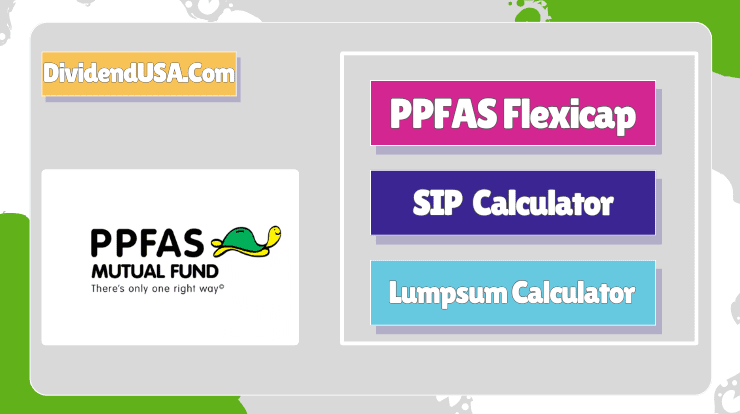Join WhatsApp Group
Join Now401k Retirement Calculator
Your Information
Retirement Projection
In today’s complex financial landscape, planning for retirement is more important than ever. A 401(k) is one of the most powerful retirement savings vehicles available to employees, offering tax advantages and often employer matching contributions. To help you visualise your retirement savings potential, I’ve created an interactive 401(k) calculator that you can use right here on this page.
Table of Contents
What is a 401k Retirement Plan?
A 401(k) is an employer-sponsored retirement savings plan that allows employees to contribute a portion of their salary to individual accounts. Contributions are typically made pre-tax, reducing your taxable income in the contribution year. Earnings in a traditional 401(k) plan accumulate tax-deferred until withdrawal during retirement.
Key Features of 401(k) Plans
- Tax advantages: Contributions reduce your current taxable income
- Employer matching: Many employers match a percentage of employee contributions
- High contribution limits: Much higher than IRAs ($22,500 in 2023, plus $7,500 catch-up for those 50+)
- Automatic payroll deductions: Make consistent saving easier
- Investment options: Typically offer a range of investment choices
How to Use 401k Retirement Calculator
Our comprehensive calculator helps you project your retirement savings based on your current situation and future plans:
- Enter your current 401(k) balance – Your existing retirement savings
- Input your annual contribution – How much you contribute from your salary each year
- Provide your annual salary – Your current gross annual income
- Set employer match details – Percentage and limit of your employer’s matching contribution
- Estimate your expected return – Projected annual investment growth rate
- Enter your age information – Current age and planned retirement age
- Consider contribution increases – Annual increase in your contribution rate (optional)
Benefits of Using 401k Retirement Calculator
Using our 401(k) calculator provides several important benefits:
- Visualise retirement readiness: See if you’re on track for your retirement goals
- Understand employer match impact: See how much “free money” you’re getting from your employer
- Experiment with scenarios: Test how changing contributions or retirement age affects your savings
- Motivation to save: Seeing potential future values can encourage increased contributions
- Plan contribution increases: Understand how annual raises might affect your retirement savings
Understanding 401k Retirement Calculator
Our calculator uses compound interest formulas to project your retirement savings:
Employer Match Calculation
The employer contribution is calculated as:
Employer Contribution = Salary × min(Employee Contribution %, Match Limit %) × Match %
Where Employee Contribution % is calculated from the dollar amount you enter divided by your salary.
Future Value Calculation
The calculator uses yearly compounding to project growth:
Future Value = Current Balance × (1 + r)^n + Annual Contributions × [((1 + r)^n – 1) / r]
Where:
- r = annual rate of return
- n = number of years until retirement
Maximizing Your 401(k) Benefits
To get the most from your 401(k):
- Contribute enough to get a full employer match – This is free money!
- Increase contributions gradually – Aim to increase by 1% each year until you reach 15-20%
- Consider Roth 401(k) if available – Pay taxes now rather than in retirement
- Diversify investments – Don’t put all your eggs in one basket
- Review and rebalance annually – Ensure your allocation matches your risk tolerance
- Avoid early withdrawals – Hefty penalties and taxes apply
401(k) Contribution Limits
- Employee contribution limit: $22,500 ($30,000 for those 50+)
- Total contribution limit (employee + employer): $66,000 ($73,500 for those 50+)
- Highly Compensated Employee limits: Additional restrictions may apply
Frequently Asked Questions
What is the 401k?
A 401(k) is a U.S. employer-sponsored retirement plan that lets employees save a portion of their salary before taxes are taken out. The money grows tax-free until withdrawal in retirement.
What is a 401k in India?
India does not have a 401(k). The closest equivalents are the Employee Provident Fund (EPF), a mandatory savings scheme with employer contributions, and the National Pension System (NPS), a voluntary retirement investment plan.
What do Americans mean when they say 401k?
When Americans say “my 401(k),” they are referring to their primary workplace retirement account. It’s shorthand for their main savings and investment plan for retirement.
Is a 401k mandatory in the USA?
No. Employers are not required to offer a 401(k), and employees are not forced to participate. It is a voluntary benefit.
Should I contribute to a 401(k) or IRA first?
Generally, contribute to your 401(k) up to the employer match, then fund an IRA (which often has better investment options), then return to max out your 401(k).
What happens to my 401(k) if I change jobs?
You can roll it over to your new employer’s plan or to an IRA, which avoids taxes and penalties.
When can I withdraw from my 401(k) without penalty?
After age 59½, or earlier in certain circumstances like disability or using the Rule of 55 if you leave your job in the year you turn 55 or later.
Conclusion
Planning for retirement is one of the most important financial steps you can take. A 401(k) is a powerful tool in your retirement strategy, especially when you take full advantage of employer matching contributions. Our calculator helps you visualise how consistent contributions over time can grow into a substantial retirement fund thanks to the power of compound interest.
Remember that while this calculator provides useful estimates, actual returns will vary based on market conditions and investment choices. Consider consulting with a financial advisor to develop a comprehensive retirement plan tailored to your specific situation.
Start using the calculator today to see how maximising your 401(k) contributions can help you build significant wealth over time!



